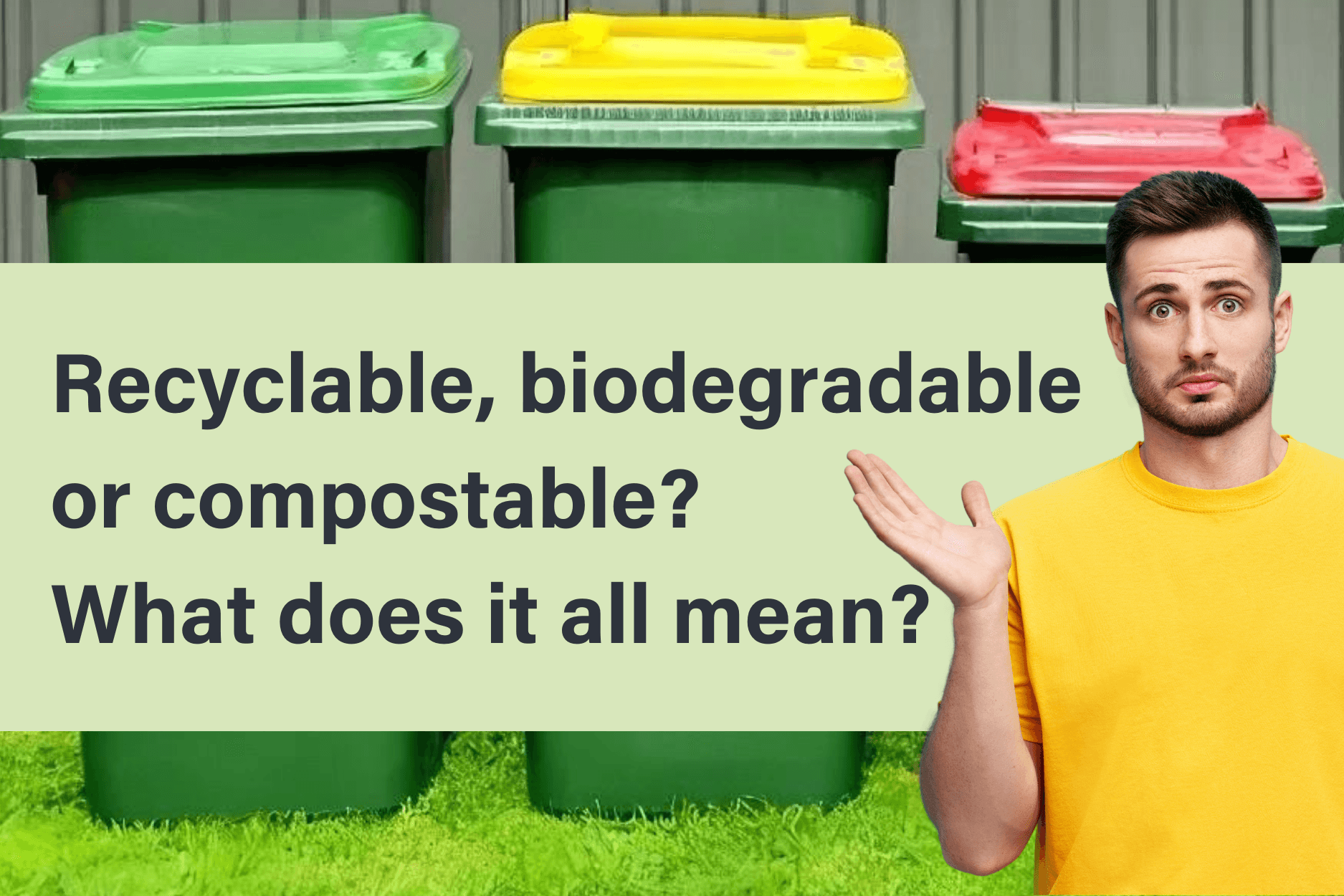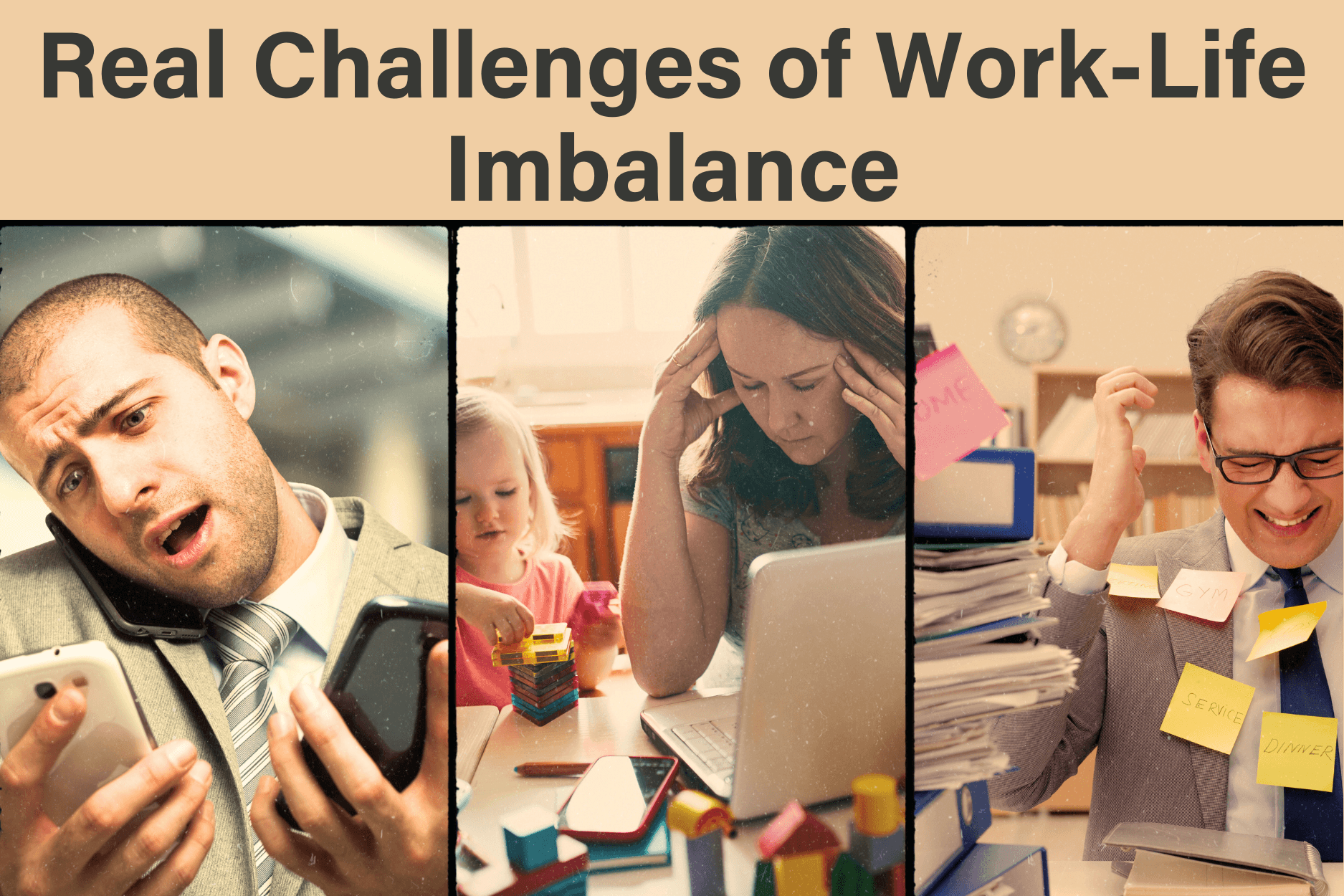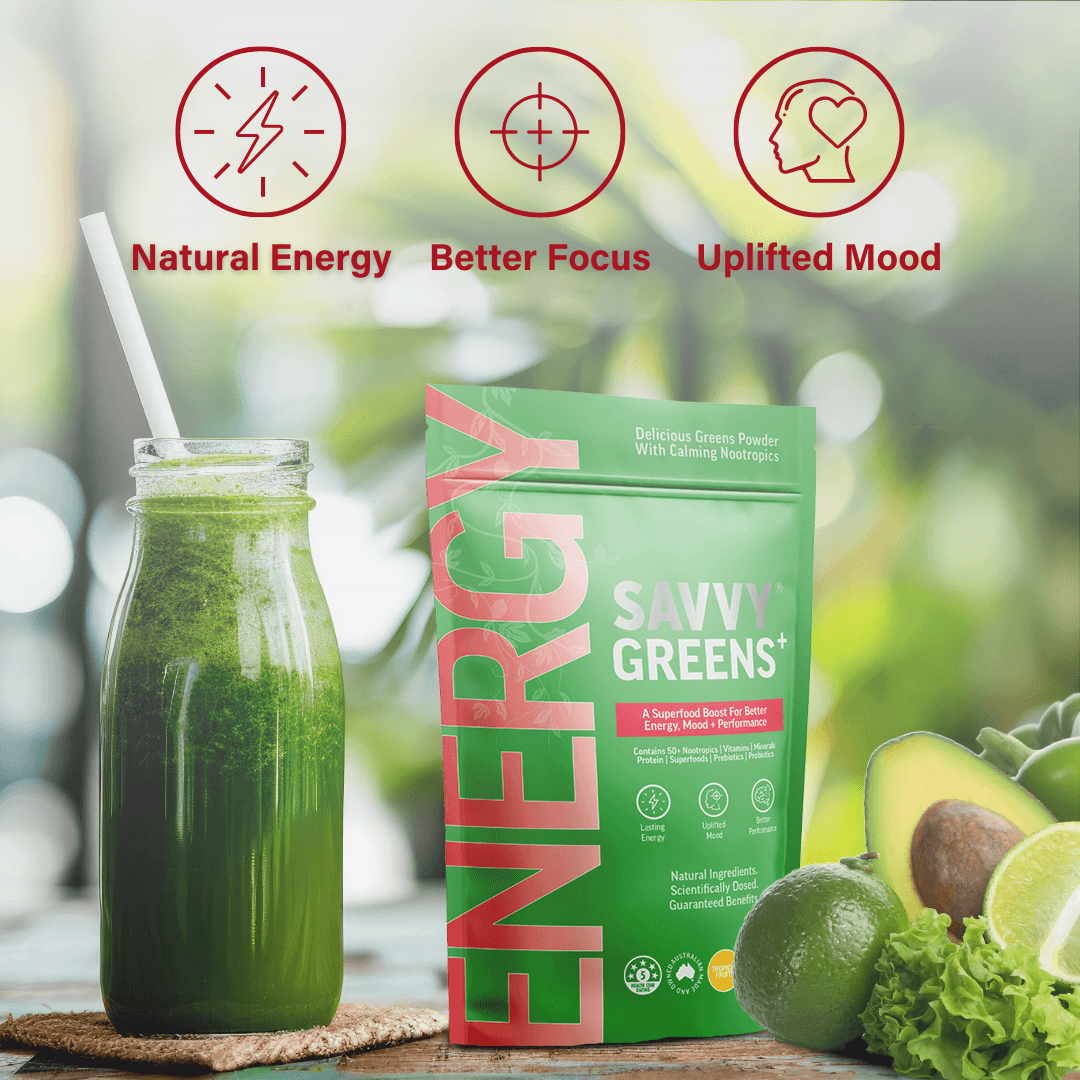
Recyclable, Biodegradable or Compostable? What Does it all Mean?

Recycling, biodegradable or compostable? What you and I may find on these topics on the internet can be conflicting and sometimes, insufficient. But if you find a page or article with detailed information, then it takes a long time to read and it’s packed full of mind-boggling jargon. Rarely, we can have the time to read it.
Hence, we’ve decided to break it all down in this short blog. After you read this blog, I hope to increase awareness of what to put in red, yellow and green bins so we can prevent further waste heading to landfill and make a positive change on the environment. I’ll also explain some of the issues associated with the average Nespresso single-serve capsules. So, let’s get started!
Recycling

Before we start on the topic of recycling, I’ll explain the 5 R’s. You may have heard of the 3R’s - reduce, recycle and reuse. Well, there’s two more now - reduce and repurpose.
Repurposing and recycling are somewhat different. They have both the same effect - reducing the amount of waste reaching landfill but in different ways. Recycling is converting waste into a reusable product (often a completely new product) while repurposing is upcycling an item. Hence, some may consider repurposing as a subsection of recycling.
For example, one can repurpose a leather boot with a hole by growing a plant in it. Tada! There’s no need to buy a pot for your new plant. On a side note, I think of this being different from recycling.
In comparison, we can recycle glass and aluminium cans by putting them in the yellow bins or your friendly neighbourhood Return and Earn machine. Just by recycling single steel can, we can save at least “75% of the energy it would take to create steel from raw materials...enough energy to power 18 million homes”! [1]
Metals (like aluminium and steel cans), paper and cardboard, glass, plastics, batteries, bulbs and electronics can be reused. However, make sure to keep it clean! One dirty container in a pellet of plastic can contaminate a load of thousands of pounds of plastic and send it all to landfill. Glass, steel and aluminium are typically better to recycle than paper and plastics, including so-called biodegradable (I’ll explain this down below).
With most aluminium ending up in landfill rather than being recycled, current and traditional Nespresso coffee pods can be problematic. Aluminium should be properly recycled and responsibly sourced to produce Nespresso coffee pods. Approximately 95% less energy is required and 5% fewer greenhouse gases are emitted when aluminium is recycled rather than produced from raw ore [2] . In this case, consumers and suppliers have equal responsibility for the recycling of aluminium pods. On another hand, Nespresso coffee pods reduce wasted coffee grounds and contribute to Australia’s annual production of 75, 000 tonnes of spent coffee ground waste [3] .
Moreover, there are different types of plastics but I’ll generally separate it into two - hard and soft plastics. You can recycle your soft plastics by dropping them into a REDcycle bin in most metro and local supermarkets (including Coles!). Generally, hard plastics can be recycled. Here is a general guide for separating plastics: https://www.abc.net.au/news/2017-05-24/what-plastics-can-i-recycle-war-on-waste/8548658
Second-hand shops and charity shops are other ways to recycle wedding dresses, shoes and books. For example, eReuse is a student volunteering program at UNSW which converts secondhand electronics into usable electronics for those in need.
But of course, refusing and reducing our waste is the top priority. While Plastic Free July is well behind us for 2020, I am looking forward to Plastic Free July in 2021.
Now, let’s cover the topic of biodegradable items….
Biodegradable
The label of ‘Biodegradable’ is shifty and murky. Technically, biodegradable refers to a substance that takes less time to break down the maximum 1000 years that it takes for the breakdown of some plastics. Biodegradable items generally break down faster than a year and return to its base elements. These substances are intended to decompose and are meant to leave behind metal residues and nutrients.
However, there have been ‘biodegradable’ products which are degradable plastics and known as oxo-degradable plastics. Oxo-degradable plastics can degrade into smaller pieces called microplastics which results in a larger issue as they are more challenging to clean up and pervade more easily through the environment. Microorganisms are added to the biodegradable bags to break down the plastic.
Unfortunately, the ACCC confirms that “no single understanding of or definition for ‘biodegradable’ exists. Although, the ACCC does request that the industry “avoid misleading consumers and breaching the Trade Practices Act [4] .
However, you can trust that products with the label ‘Australian Standard AS4736’ are the true biodegradable products.

What are the true biodegradable products? Well, they’re made from starch, cellulose and other organic (plus some inorganic) biodegradable materials. They can be decomposed by bacteria and microorganisms. However, sending biodegradable items to the landfill can be as bad as using plastic materials. Biodegradable products can produce methane gas (i.e. harmful greenhouse emissions) when left to decompose in a landfill where there is a lack of the necessary oxygen to decompose a product is too low. Moreover, biodegradable products require specific conditions to break down properly including high temperatures & UV light. Thus, a composting facility is necessary to properly break down true biodegradable plastics as backyard composts don’t get hot enough to decompose the plastic.
Now, don’t misunderstand. Certified biodegradable plastics are better than usual plastics. The use of biodegradable plastics (not oxo-degenerate plastics) prevents further contamination of the environment and other benefits.
For example, Dingo Republic biodegradable and compostable coffee pods are environmentally-friendly compatible Nespresso pods. Unlike other coffee capsules from aluminium/petroleum-based plastics, these coffee pods are aluminium or petroleum-based plastic-free and are made from plant-based materials. Within 180 days in industrial composting, the capsules and the lid disintegrate fully. These Dingo Republic coffee pods are better than traditional Nespresso coffee pods but they must be disposed of properly so they can be industrially composted.
In summary, degradable plastics should go into the waste bin but biodegradable bags should be recycled in a specific way based on your local council regulations.
Now, I’ll discuss what’s compostable and arguably, the best of these three options.
Compostable
If you’re a home gardener like me, you may know what compostable items are. But there may be some things you may not know about these items.
Compostable items degrade into something called humus which is the organic component of soil and some gardeners can refer to it as ‘black gold’. Humus is nutrient-rich and enables water retention and aeration of the soil. Compostable items include food scraps, yard scraps, dead flowers, pure cotton, cardboard boxes (without plastic lining) and untreated wood. Also, Savvy Beverages’ Mental Performance Coffee is packaged in compostable material! Moreover, you can compost those greasy pizza boxes and other food-stained cardboard which is unable to be recycled.
But, you may wonder - why untreated wood? Well, treated wood may be painted with CCA paint (chromium, copper and arsenic) which can be dangerous for human health and typical of wood sold before January 2004.
There are two main types of compostable items - home compostable and commercially compostable. Home compostables are items which have the Australian Standard number ‘AS5810-2010’ on the label and as the name suggests, these can simply be put into your compost bin.

Commercially compostables are items that can biodegrade in a commercial compost facility and can be identified by ‘AS 4736-2006’ on the label. If you are not in Australia, you can find out the standards in your country and the standard which indicates home compostable.
On a brief side note, there are two main types of composting these items - aerobic and anaerobic composting. Aerobic composting includes vermicomposting which relies on digging food waste under the soil and letting worms decompose them. Anaerobic composting includes bokashi, compost and worm bins which are essentially a container where you can add compostable items to allow them to be degraded over time.
If you do have a lot of food waste, I recommend the ShareWaste app where you can donate your excess food scraps to registered compost bins in your local area.
Summary
There you have it. Everything (and by that, I mean almost everything) about recyclables, biodegradables and compostables. In essence, recycling and compostables are great, please avoid purchasing plastics and biodegradables is a murky grey subject. Biodegradables is essentially anything that breaks down into its elements faster than plastic and can release harmful greenhouse gases if improperly disposed of.
Bin audits are a great way to see if any changes are needed to be made in our lives and improve how we can do our ways.
References:
[1] Recycling 101
[2] Reducing business waste materials fact sheet: Aluminium
[3] Using Coffee Grounds in the Garden
[4] Biodegradable, degradable and recyclable claims on plastic bags







